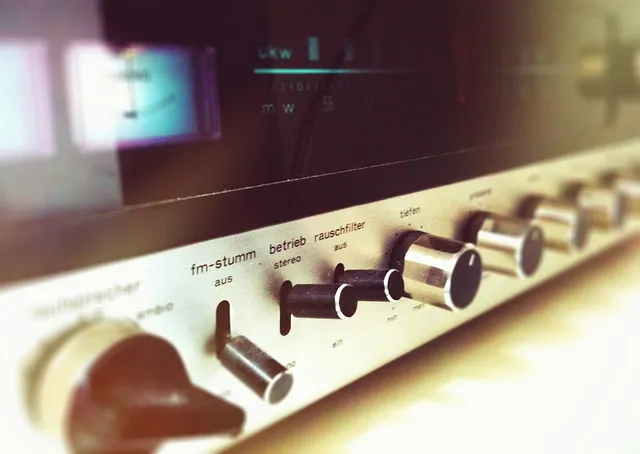And it has been.
It’s probably due to the fact that it has had such a momentous impact on humanity, and defines our culture in so many ways that we are loath to consider its darker potential.
In recent years music has generated some unsavoury headlines thanks to its use as a part of the “enhanced interrogation techniques” used by the Central Intelligence Agency (CIA), Defense Intelligence Agency (DIA) and some parts of the Armed Forces, as the United States prosecutes its War Against Terror. “Enhanced interrogation techniques” is a euphemism for torture, naturally.
As a part of the programme, terrorist suspects at Guantánamo Bay (and ostensibly at black sites around the world) were forced to listen to the same song for hours and days, often at punishing volumes. The theory is that repeated exposure to the same song has an impact on brain and body functions. Eventually the victim’s will is broken and that’s when the interrogators start to talk to him or her.
There don’t seem to be any statistics around about the practice’s success rate, though.
The list of songs shows a keen eye for the annoying and a reckless disregard for the sanity of the people administering the torture. Imagine hearing any of the following songs for hours at a time:
The Real Slim Shady (Eminem)
I Love You (from the Barney the Dinosaur children’s program)
We Are The Champions (Queen)
Babylon (David Gray)
Enter Sandman (Metallica)
Saturday Night Fever (The Bee Gees)
Dirty (Christina Aguilera)
Plus a number of infuriating ad jingles, some traditional Arabic music played to inmates at times when their religion forbade listening to music, and more pop as well as rock songs designed to push cultural and other buttons – though what percentage of Middle Eastern fighters are able to decipher the blasphemous intent of a band like Deicide is surely open for debate. Perhaps the soundscape of extreme metal is painful enough and the subtext a sort of torture operative’s in-joke.
Ha ha.
The thing is, musical torture in Guantánamo does seem to elicit comments people consider funny. It offers an instant opening to delineate some of the parameters of one’s identity by talking about what kind of music one would consider torture. Surely Justin Bieber’s name has come up countless times.
Ha ha.
Music in a space is important. Always. Even when it’s not really aimed at any one person.
An overlooked and underappreciated aspect of music in a physical space is intent – the reason background music often annoys is that there’s no real intent behind the song. It’s just filling space.
A good DJ is the opposite. The music changes and elevates the space, because there is intent behind it. And intelligence.
This, too, can be used for malevolent purposes.
Orchestras consisting of inmates were forced to play at numerous concentration camps, in many cases unwillingly inflicting torture on their fellow prisoners, by doing what they love. Strains of music would accompany the arrival of new inmates, public executions and the selection process for people who were to be put to death.
Music was definitely an instrument of terror.
The aim was the same as at Guantánamo: to break the prisoners’ will and subject them to degradation.
Owing to its banality, a particularly harrowing example was that of a band being forced to play Christmas carols to dying Jewish inmates in an infirmary.
Try telling people that story and see if they laugh.
Featured photo: Muao
